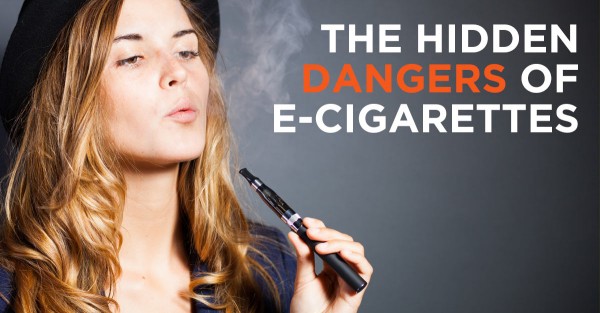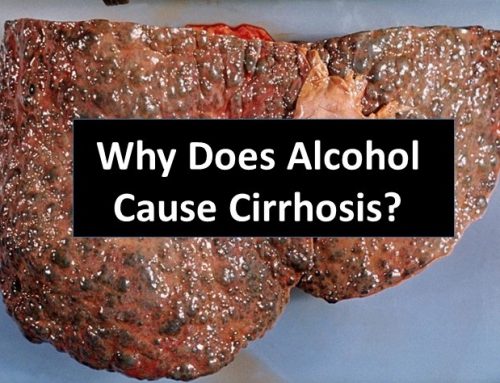Electronic cigarettes have become increasingly popular among smokers and non-smokers alike. The shift from conventional to electronic cigarettes has increased due to the notion that they are a healthy alternative to traditional cigarettes with a variety of enticing flavors and nicotine concentrations. Although they provide a smokeless alternative, there are potentially health affects due to the use of volatile flavoring ingredients and the risk of exposure to formaldehyde. Electronic cigarettes were first introduced in Beijing in 2003. They then found their way to the American market in 2007. They work by atomizing e-liquid or juice that is stored in a cartridge. The user inhales on a mouthpiece, which pulls the liquid from the atomizer reservoir to the ceramic atomizer pot with a wick. A coil heats the wick and creates vapor that is drawn to the mouthpiece where it is inhaled.
Ingredients in electronic cigarette liquids vary but usually include propylene glycol, glycerin, water, nicotine, and flavorings. The ingredient labeled “flavorings” can contain a number of chemicals, which may include diacetyl propanol and/or acetyl propoinyl. Diacetyl propanol is a powder that is found in a variety of foods and beverages.
It is the natural byproduct during fermentation in beer when yeast converts glucose to ethanol. At low concentrations Diacetyl contributes to the slippery texture of beer and wine and at high concentrations it creates a butterscotch or creamy flavor. The issue with Diactyl propanol is that it aerosolizes at warmer temperatures and cumulative exposure can create lung disease and airway damage. The damaging affects of diacetyl propanol exposure was revealed in 2012 when a man who ate two bags of microwave popcorn daily for years was diagnosed with bronchiolitis obliterans or “popcorn-lung” and won a $7 million dollar lawsuit against Gilster-Mary Lee Corp for using the volatile flavoring. Subsequently, other companies and flavor manufactures have reduced and replaced diactyl in butter flavorings and in 2012 the CDC updated an article on Flavorings-Related Lung Disease which now includes diacetyl propynol.
The correlation between diacetyl propynol exposure and lung disease is evident. Currently the FDA only regulates e-cigarettes that are marketed for therapeutic purposes. However, the majority of all electronic cigarettes are not considered for therapeutic purposes and due to a deficiency in federal regulation over the production and labeling of electronic cigarette liquids, the flavoring ingredients are not required to be disclosed. Labels may not accurately detail ingredients and concentrations of nicotine can vary. According to a study in the Oxford Journals, Diactyl propynol and acetyl propynol were found in 74.2% of the 159 samples from 36 different e-liquid manufactures. E-cigarette companies are becoming increasingly aware of diactyl propynol and the adverse health effects associated. Mountain Oak Vapors which produces a large amount of e-cigarette products states on their website “We are aware of Diacetyl and do not incorporate it in e-liquids”. Other companies such as NicQuid, Vapor Shark, and E Liquid Manufacturing are joining in by removing and avoiding diactyl propynol. Although manufactures are making an attempt to avoid diactyl propynol, the risk of being exposed to formaldehyde still exists.
Formaldehyde is a known carcinogen and can be found in industrial manufacturing, glues, preservatives, paints, and another house hold items. Formaldehyde can cause lung cancer and respiratory issues after prolonged exposure at high levels.
The majority of e-liquids contain a combination of propylene glycol and glycerol. Formaldehyde is a degradation product that is produced when propylene glycol and glycerol are heated in the presence of oxygen at temperatures necessary for vaporization. The reaction produces hemiacetals, which are known for being formaldehyde-producing agents. The New England Journal of Medicine found that in the aerosol produced from vaped e-cigarettes, more than 2% of all the solvent molecules are converted to formaldehyde releasing agents. Although the behavior or formaldehyde-releasing agents in the respiratory tract are not fully understood, the fact remains that formaldehyde is a known carcinogen and exposure may lead to cancer.
© 2016 Steve Farmer



